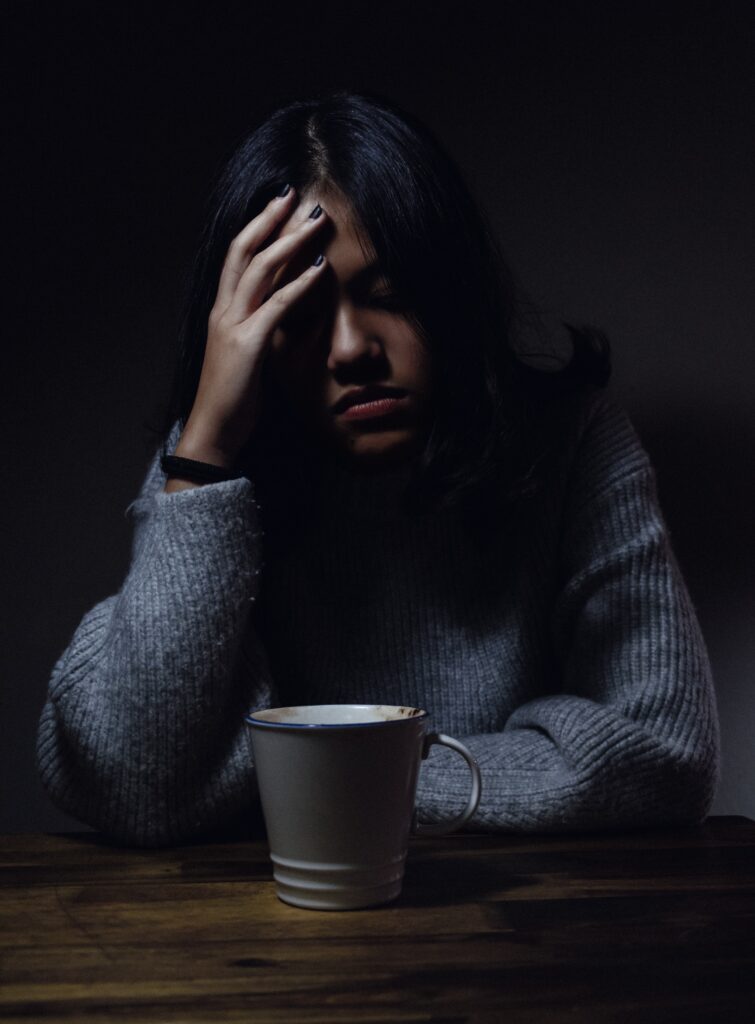
As the colours of the leaves start to change and the sky starts to look more grey, you may notice your mood isn’t as bright as it was in the sunny summer months.
When the beginning of October hit and the weather was starting to change, I noticed my mood was starting to change with it.
I kept asking myself questions — why am I feeling more sad than usual? What is wrong with me? Am I depressed?
It felt as if the world was against me. I noticed myself sleeping more yet still feeling like I had no energy.
I thought maybe the cause of my low energy was because I am a student with a part time job. But as I was reflecting on my feelings, being a student and learning new things made me happy.
Plus I enjoy where I work, and taking on part time hours during the spring and summer months don’t feel as draining.
So, my feelings of sadness couldn’t be because of that. If I wasn’t feeling this way in the summer, what changed all of a sudden?
When the weather was warm and the sun was shining everyday, I was genuinely happier. Of course I would have days when I experienced sadness, but overall, I had more energy and couldn’t wait to start my day.
Now that the weather is cooler, days feel shorter, and the sunshine doesn’t feel as bright , I feel like I’m about to burst into tears every day.
I decided to do a quick Google search. Perhaps the internet could help me figure out why I was feeling extremely down during this time.
A bunch of websites popped up that all had the same title: seasonal affective disorder (SAD).
Seasonal affective disorder, known more commonly as seasonal depression, is a type of depression that is related to changes in seasons.
It starts and ends around the same time every year, according to Ontario Shores Centre for Mental Health Services.
Approximately two to three per cent of Canadians experience some form of SAD during their lifetime, according to the Canadian Mental Health Association.
However, SAD doesn’t always occur when the weather turns colder, according to Mayo Clinic.
Although it is less common to feel increasingly sad when the sun is shining and the weather starts to feel warm, it is still another form of seasonal depression that people can experience.
However, SAD in the colder months is more evident because of reduced sunlight, according to Dr. Khush Amaria, clinical psychologist and senior clinical director at MindBeacon.
“During the day, your brain sends signals to other parts of the body to help keep you awake and ready for action. At night, a tiny gland in the brain produces melatonin, which helps you sleep,” said Amaria. “Shortened daylight hours in winter can alter this natural rhythm, trigger a chemical change in the brain and can lead to SAD in certain people.”
SAD greatly affects productivity levels during the fall and winter months, which is especially hindering for full-time students.
“Usually at this time of year, the days are shorter and darker. The weather tends to be dull which definitely has a negative impact on my mood,” said Georgia Martin, a third-year biomedical student at the University of Toronto.
Symptoms of seasonal depression vary among those who experience it.
Feelings of hopelessness, excessive worry or guilt, low energy levels, and even a loss of interest in things you typically enjoy are just a few of the symptoms that can come with SAD.
According to Mayo Clinic, the reduced level of daylight in the fall and winter months can disrupt your body’s circadian rhythm, increasing feelings of sadness.
Less sunlight also causes serotonin levels in the brain to drop, triggering seasonal depression.
Being a student, especially in the fall and winter months, can be hard for those who do struggle with seasonal depression.
Amaria encourages students to incorporate healthy habits like exercise and a regular sleep schedule during this time of year. She adds that light therapy has been proven to work for those who suffer from seasonal depression.
“You can purchase lamps that emit around 10,000 lux of light, higher than what you get from your average fixtures at home,” said Amaria. “These lamps mimic the extra hours of sunlight we get during the spring and summer, which could make you feel as if you’ve just been outside during a warm summer day.”
I try to do things I enjoy during my spare time that allow me to forget about the weather changing.
Whether that is playing video games, spending time with family and friends, or even reading a book with a cup of tea, it’s the small things that instantly brighten my mood.
If you notice that you experience feelings of sadness more often when the season starts to change, whether it be during the cold or warmer months, know that it is normal.
There are many resources available to help you get through seasonal depression such as online resources, school counsellors or your own familial support system, and it’s a reminder that you don’t have to go at this alone.
“For other students who are struggling, I would say that although it feels like you are alone in your struggles, there are always other people going through the same thing,” said Martin. “The most important thing is to talk about your feelings and to recognize and validate them.”
Claudia Latino
This article may have been created with the use of AI tools such as
